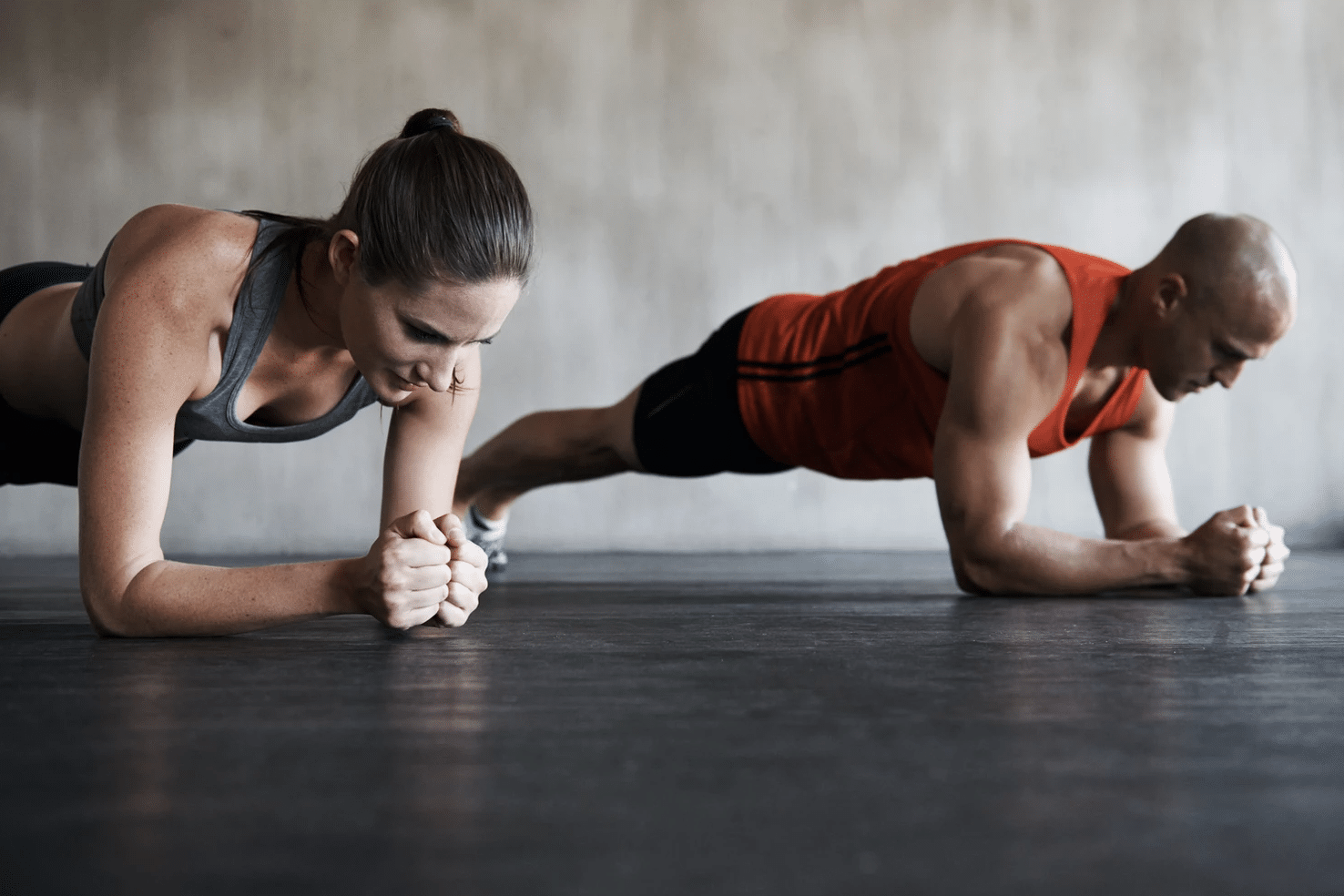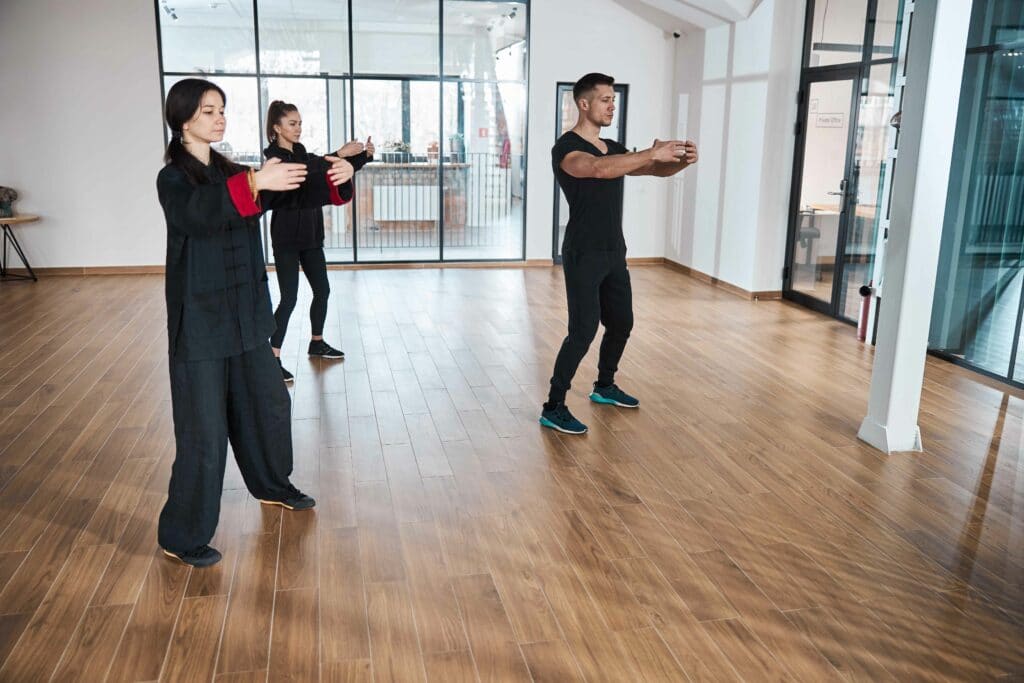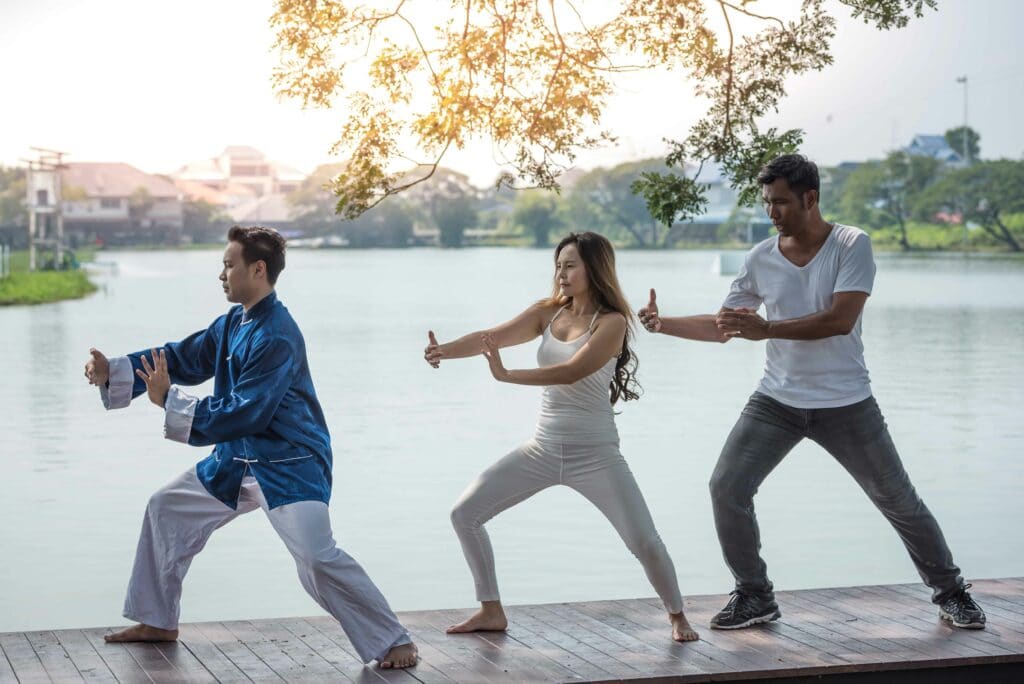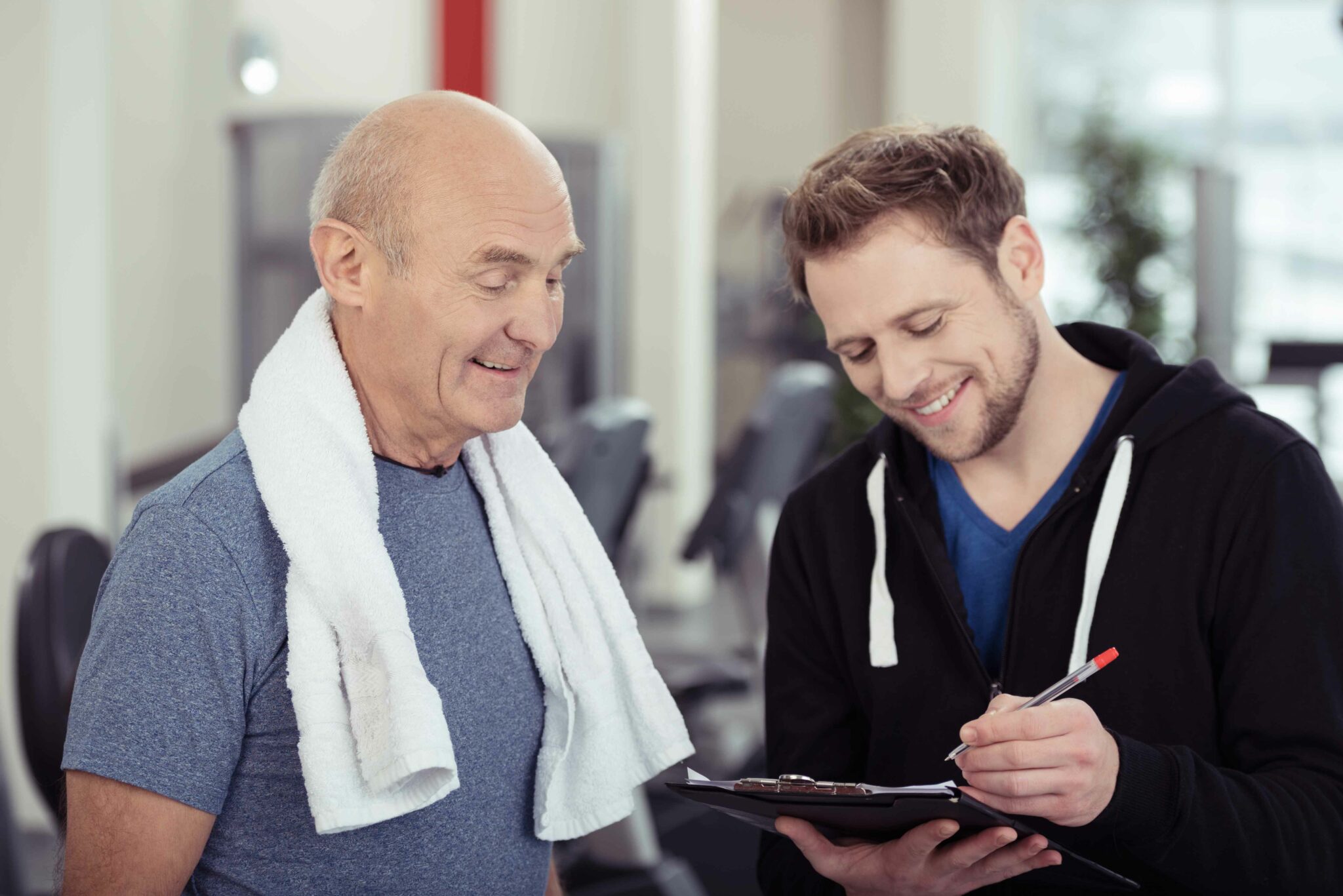
Your Guide to Clinical Exercise Classes by Physiotherapists versus Exercise Physiologists at RedoHealth
Have you heard about the mystical Chinese art of Qigong? If you have, I still believe that Qigong may remain something of a mystery to

Most people would see “Tai Chi” as a slow, flowing form of exercise for the elderly.
However, after I started learning Yang-Style Tai Chi through Master Liang De Hua 2 years ago, I realised that it was not that simple.
Master Liang comes from a rare lineage that practices Tai Chi as a martial art. He is incredibly skilled and knowledgeable about various principles and methods to train Tai Chi effectively.
After a few months, I could generate more force in punches and kicks using less effort due to more relaxed joints. My legs felt like elastic springs when I walked.
I also felt less stressed and calmer in my daily life. Most importantly, my body had less aches and pains.
This made me think: As a physiotherapist, how do the principles of Tai Chi provide these health benefits?

The Chinese believe that Yin and Yang are:

Yin (阴) | Yang (阳) |
|---|---|
Passive/Static | Active/Dynamic |
Stillness | Movement |
Softness | Hardness |
Corporeal | Ethereal/Formless |
Heaviness/Sinking | Lightness/Floating |
Internal/Interior | External/Exterior |
Lower/Bottom | Higher/Top |
Emptiness | Solid/Fullness |
This duality of Yin and Yang is used to provide instructions and directions to achieve a certain useful quality.

According to Master Liang’s teachings, in Tai Chi/Taijiquan the Body (or Flesh/Tissue) is Yin and the Mind (or Thought/Intention) is Yang.
Thus, the first need is to use our Mind/Thought/Intention to feel a light, ethereal force at the crown of our head keeping us lifted and upright.
This allows the Body to remain passive by releasing any tension, allowing our center of gravity to be lowered without the entire body collapsing to the ground. This increases stability and reduces the risk of losing balance.
An analogy to describe this is a ball bearing hanging while being suspended by a thin piece of string tied to a balloon.
From the start, we can see how this principle teaches us how to find our body alignment and lower our center of gravity by releasing tension.
Health Benefits: Body alignment, relaxation through releasing tension, grounding for stability.

With the upright lifting at the crown (Yang) and the passive sinking of the Body (Yin), this creates an active stretch in the Body so more areas of tension can be found.
Since our body is (more) relaxed, this allows the areas of our chest and abdominal cavity to expand and contract when we breathe.
Breathing in this state during practice creates a continuous cycle of stretching and releasing tension to open up the body and relax the joints. This also reduces the stress response of our nervous system.
Ultimately, this results in the body opening up and relaxing the joints for smooth, fluid movement and stepping.
Key Health Benefits: Increasing joint mobility, body awareness, better breathing patterns, stress reduction.

Tai Chi/Taijiquan teaches how to use Yin and Yang principles to move and step.
For example, to step with the right foot, the hip joints must be opened by releasing tension so the body can sink passively (Yin) to the left leg. Of course, the crown is still lifted (Yang) to keep your alignment and upright posture.
This means the body’s balance is fully on the left leg, which is considered the Yin leg, allowing the right leg to take a step as the Yang leg.
To shift and step with the left leg, the body releases and sinks towards the right leg and repeats the process again.
Training Tai Chi/Taijiquan this way teaches us how to move and transfer weight in a smooth and effortless manner.
Key Health Benefits: Improving balance, increasing lower body strength, smooth weight shifting between feet.

The few training principles described in the previous section merely scratched the surface of how profound the Tai Chi system is.
There are so many training methods, breathing techniques and partner drills, and fast-moving Forms to further develop our ability to use the Tai Chi principles to condition the body and increase the efficiency (and power) of its techniques.
But not everyone may have the time or desire to do so. It requires a lot of hard work, dedication and practice to learn a martial art!
Fortunately, even practicing Tai Chi as an exercise, it is can still produce many benefits which include:

Every practitioner may practice or teach Tai Chi in different ways to what was described above.
However, despite any differences, the slow, relaxed movements coupled with breathing and footwork is still excellent for the reasons above, and this makes it especially suitable for the elderly.
Regardless of how you choose to practice, Tai Chi is an excellent form of exercise with many health benefits.
If you have decided to pick up Tai Chi today, I wish you all the best with training. I am just a novice but I would still love to hear from you and talk about our training experiences.

Have you heard about the mystical Chinese art of Qigong? If you have, I still believe that Qigong may remain something of a mystery to

Have you heard about the mystical Chinese art of Qigong? If you have, I still believe that Qigong may remain something of a mystery to

Have you heard about the mystical Chinese art of Qigong? If you have, I still believe that Qigong may remain something of a mystery to